How Can I Improve My Plating Skills?
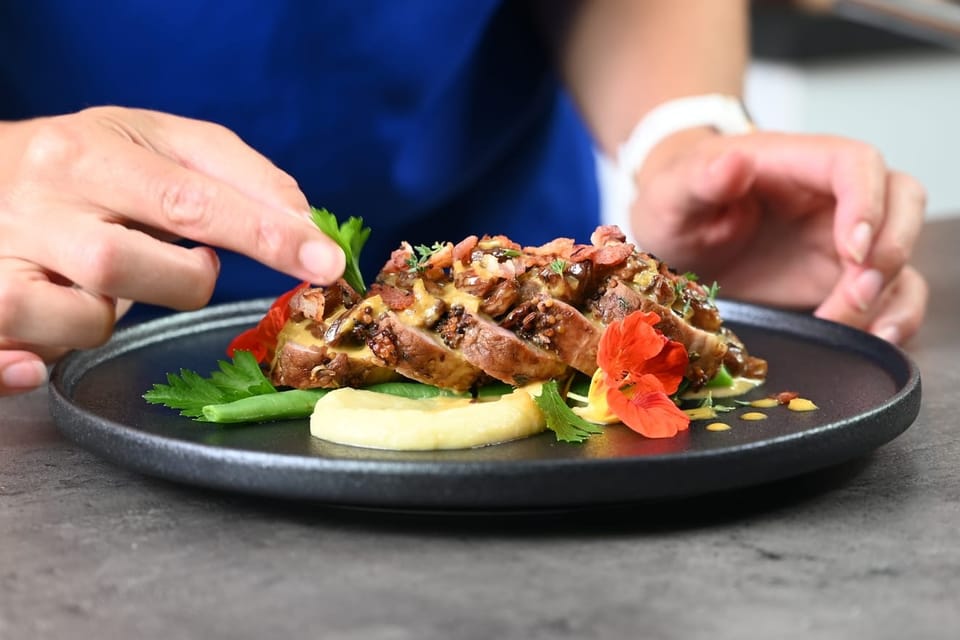
Simple Tips for Stunning Presentation
Making beautiful food doesn't need to take hours, cost a fortune or require a cooking degree!
They say we eat with our eyes first, and it's true - beautifully presented food just tastes better! But here’s the good news: you don’t need to be a professional chef or food stylist to make your meals look stunning. With a few simple tips and trusted techniques, you can transform your everyday dishes into visually appealing masterpieces. Whether it's just to treat yourself, or whether you're preparing food for a gathering or special occasion - these easy tips will help you easily elevate your presentation game.
In this article we'll talk about three powerful techniques to improve your food presentation:
- Using colour wisely
- Playing with layering and height
- Remembering texture matters
Using Colour Wisely
Colour is one of the easiest ways to make your food look vibrant and appealing, and enhance the overall presentation of your dishes. You can bring colour to the plate through the main components, or you can simply add colour through the garnishes and accompaniments.
For example, if you have a plate of pan fried white fish with white rice and sautéed mushrooms it will look dull as all the colours are similar and washed out. It will have no visual appeal - even if it tastes amazing. If you serve the same pan fried white fish with a vibrantly coloured pumpkin risotto or puree, a few sautéed green beans and a slice of fresh lemon it automatically looks so much more pleasing. The different colours complement each other, bringing life to the dish.
Often adding a touch of green makes a huge difference to your presentation too. It brings a feeling of freshness to the plate. Whether it's a sprig of a fresh herb, a little bundle of salad greens, or chopped fresh herbs - this can be all it takes to enhance your food presentation.
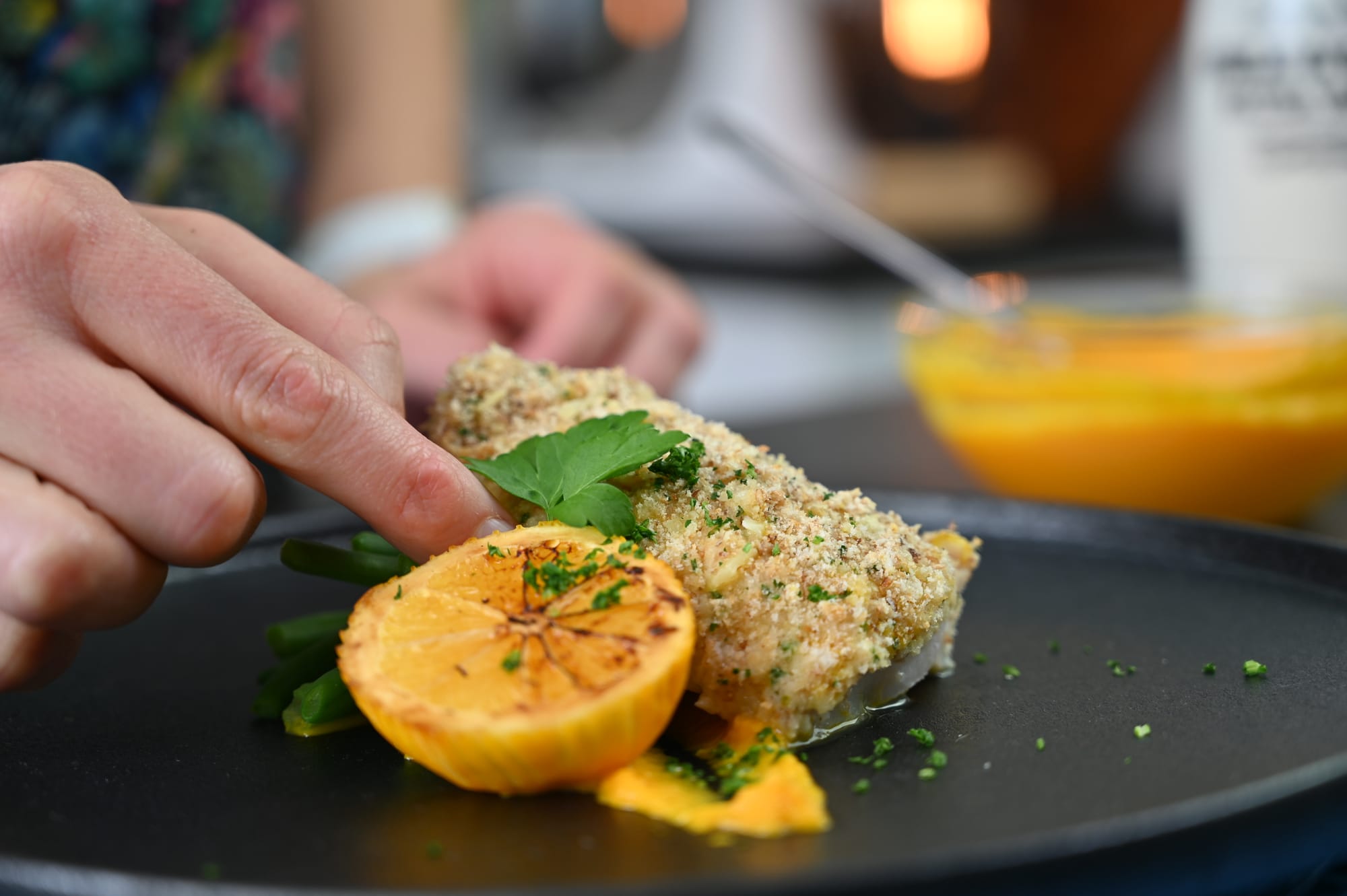
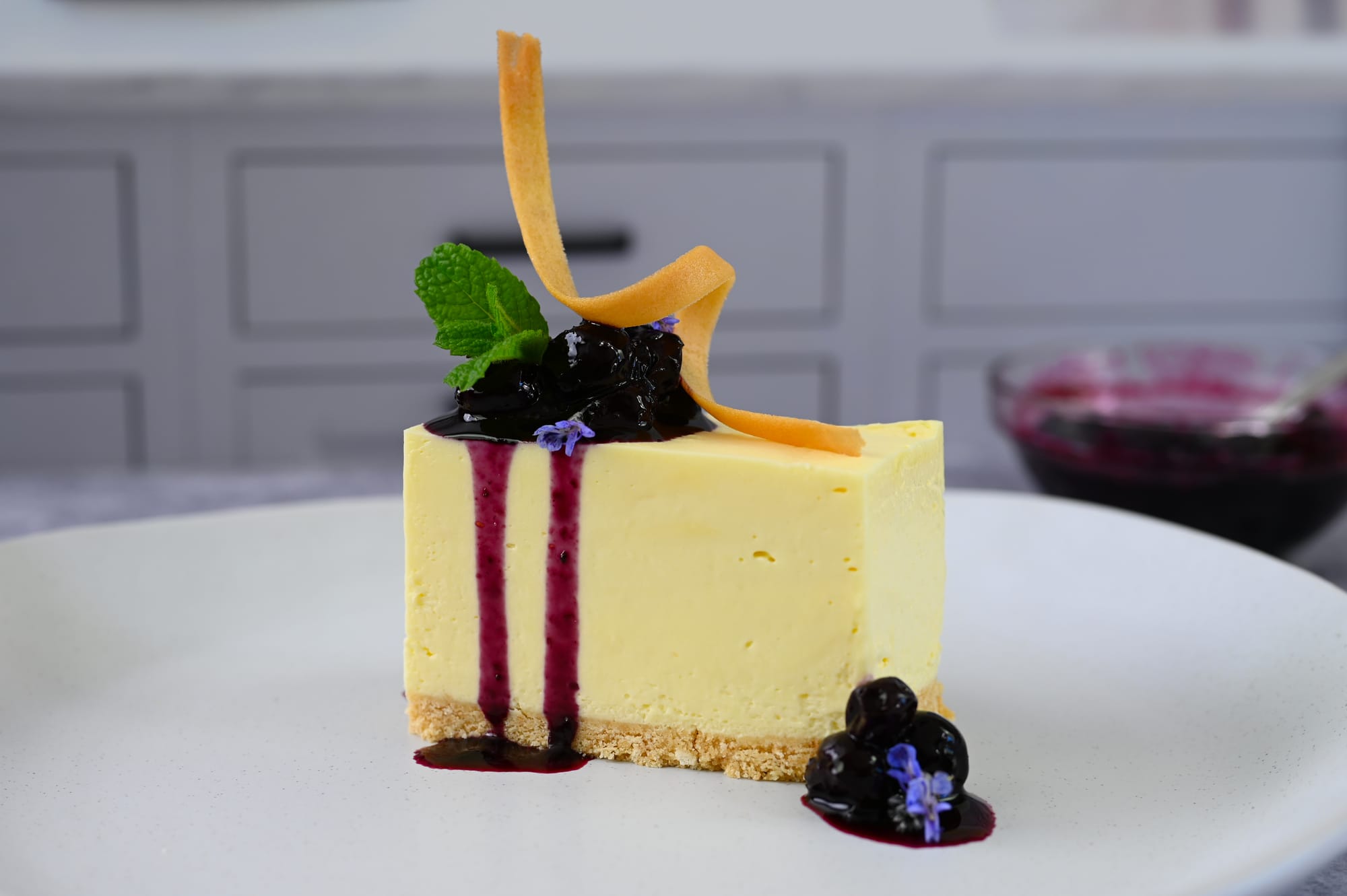
Adding colour to enhance food presentation.
Using colour contrast is also a good way to add visual appeal. Pair bright ingredients like tomatoes, berries, or leafy greens with more neutral tones like rice, pasta, or bread. A dish with a variety of colours naturally looks more appetising.
Look at the light coloured cheesecake above, paired with a deep purple blueberry compote. The light rosemary flowers are so subtle, but really add to the presentation of this dish. The fresh, vibrant green mint tip also adds colour contrast and interest to the dish.
The simple addition of a sauce on the plate can also add colour to a dish. Balsamic reduction is a very popular plate garnish. It can be squiggled across the plate or used decoratively to add a lovely dark colour - this looks especially good on a light coloured plate. A lightly whipped cream swirl on a darker coloured soup will give the same effect. Using light and dark colours together has a very positive effect on how a dish looks.
I personally love using black sesame seeds too, which has the same effect. They are inexpensive and readily available.
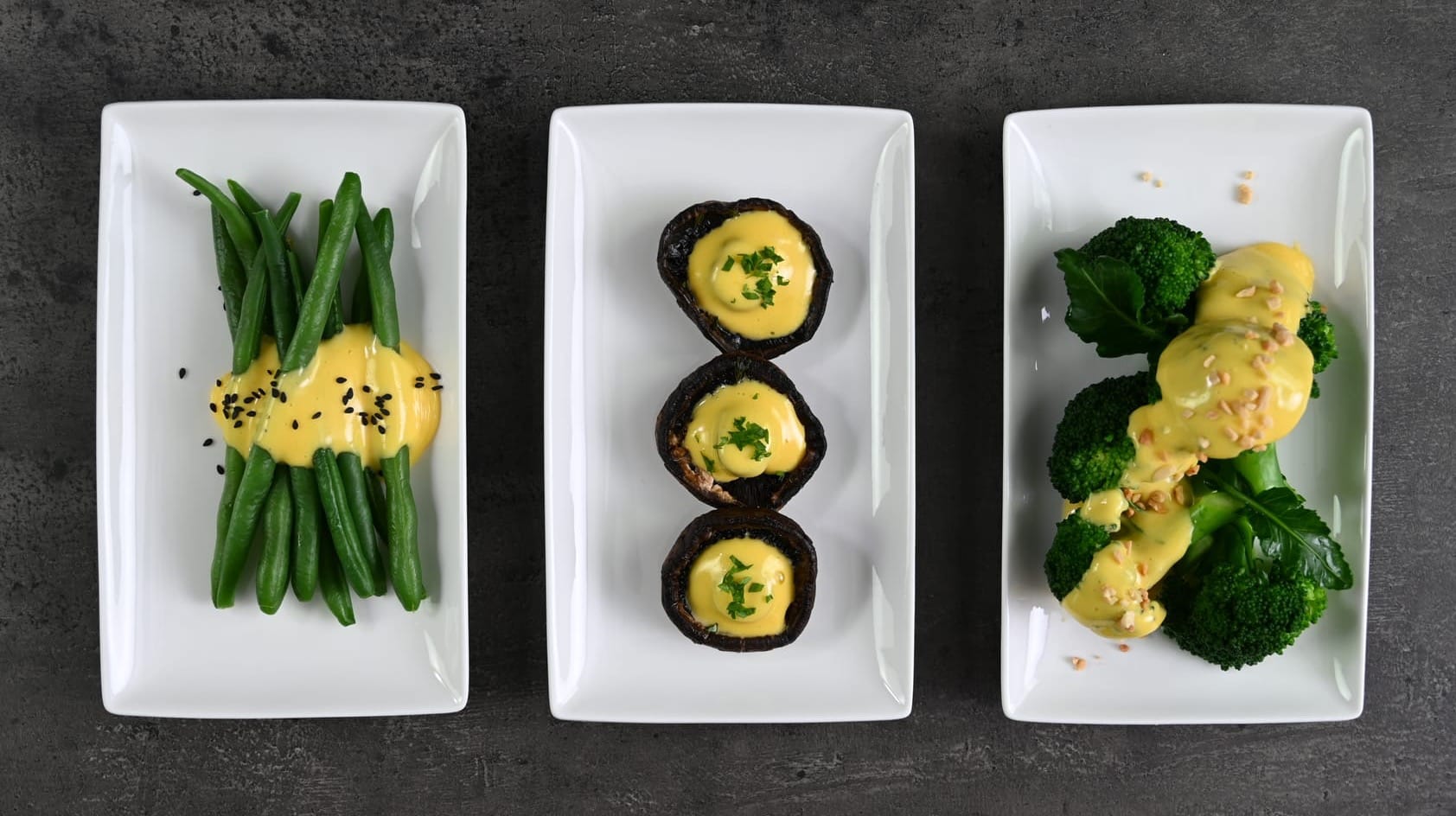
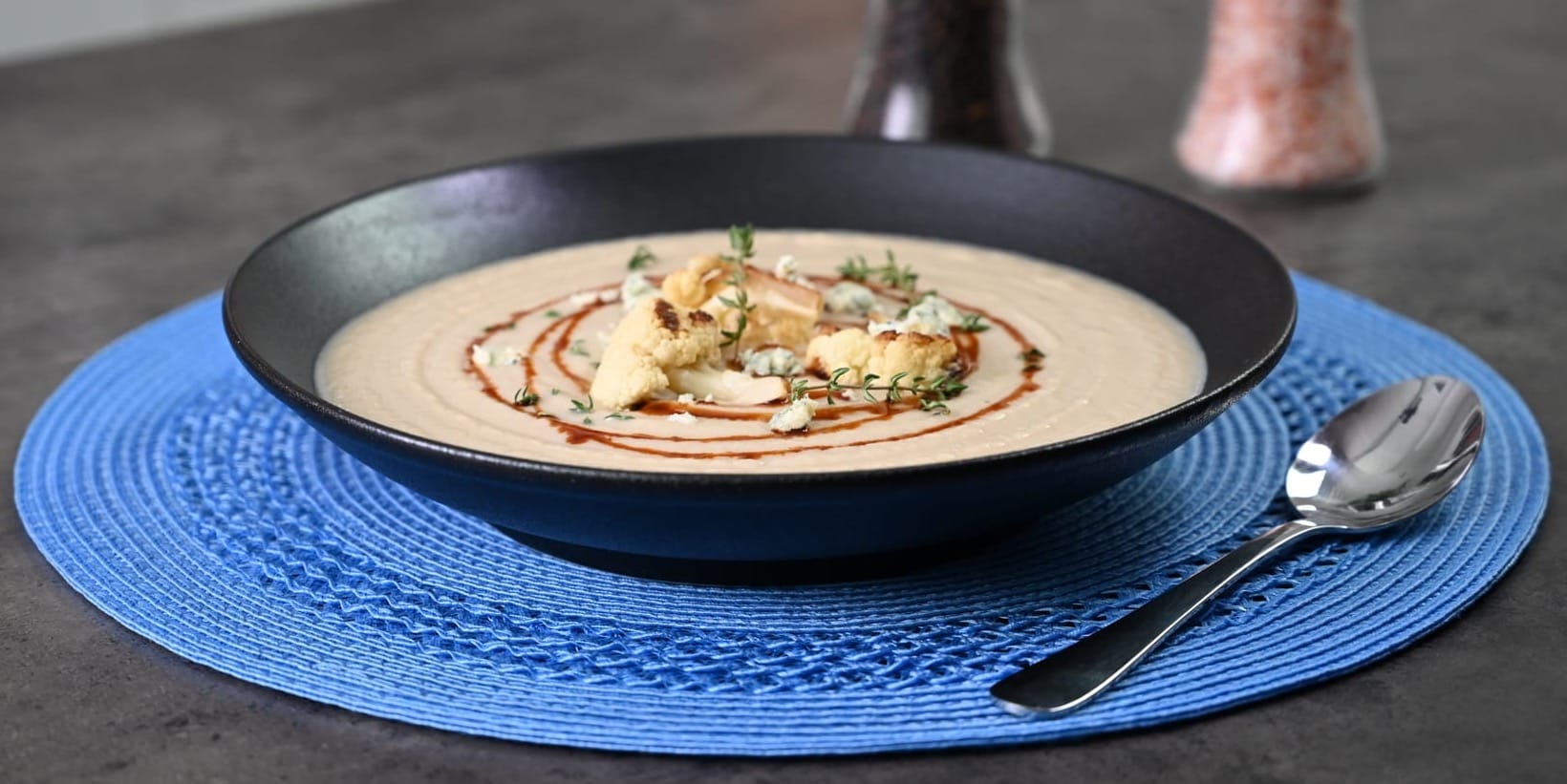
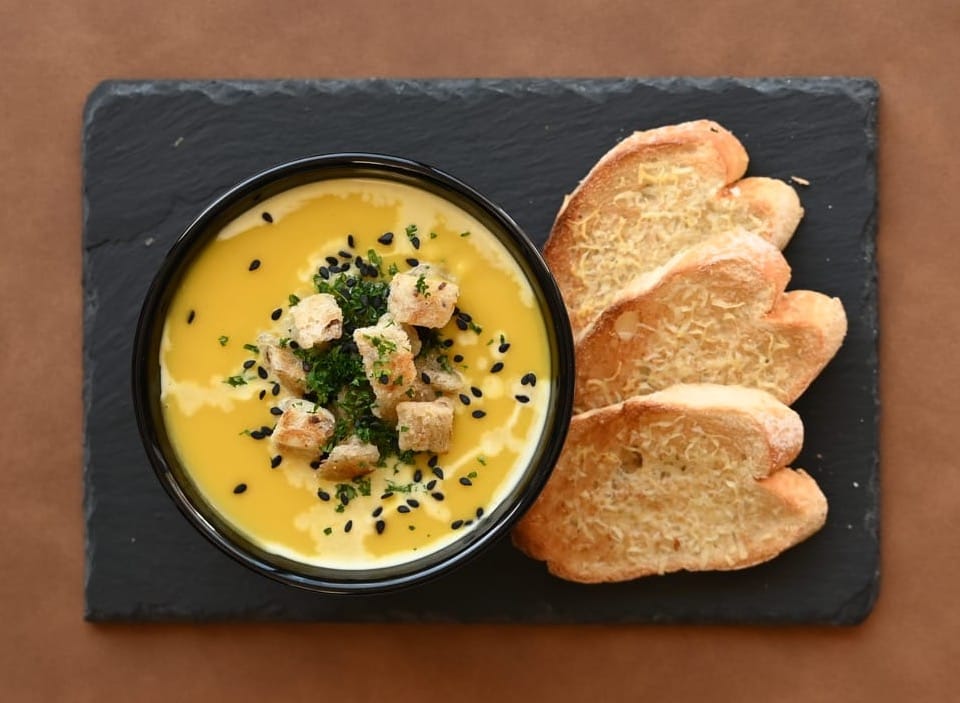
Simple ways to add colour for visual appeal.
There are so many ways colour can enhance your food presentation, so next time you are serving up a dish, stand back and have a look at it with colour in mind. Is there anything you could add to give it more colour and add to the visual appeal?
Play with Layering & Height
Adding height to a dish is something all food stylists and chefs try to do with every dish. Flat food, put on the plate without any thought can look very dull and uninteresting. Try stacking ingredients, overlap them a little, or arrange them at different heights to add depth to your plate.
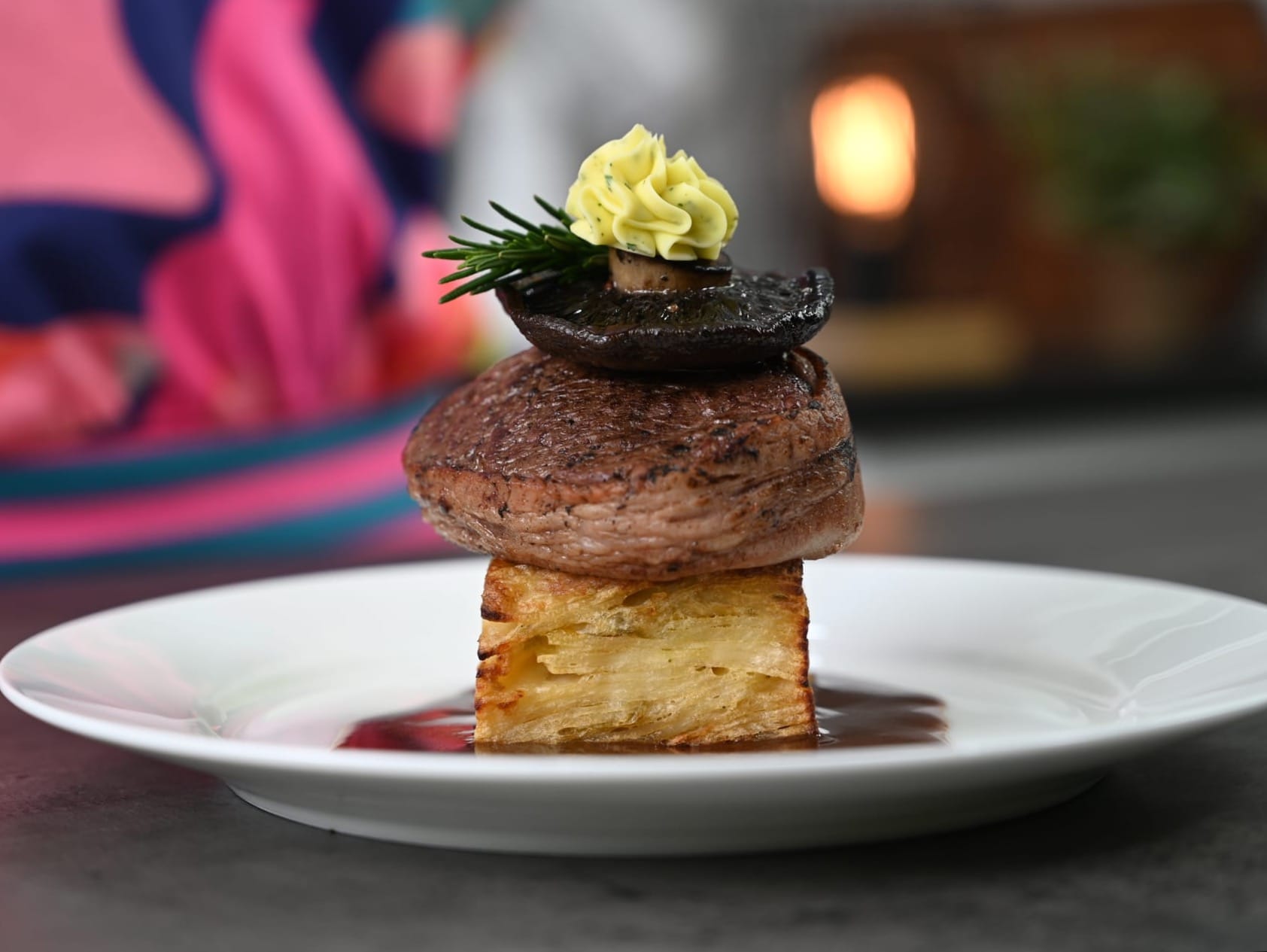
For example, instead of laying your toast flat on the plate, cut it in half diagonally and prop one piece up against the other. Folding meat can also give it height rather than just leaving it flat on the plate. Have a look at the avocado on the dishes below - on the left it's plated next to the bread and salmon which is good for the colour contrast, but if you compare the avocado wedge with the avocado roses on the right it looks infinitely better and it really isn't that much extra effort.
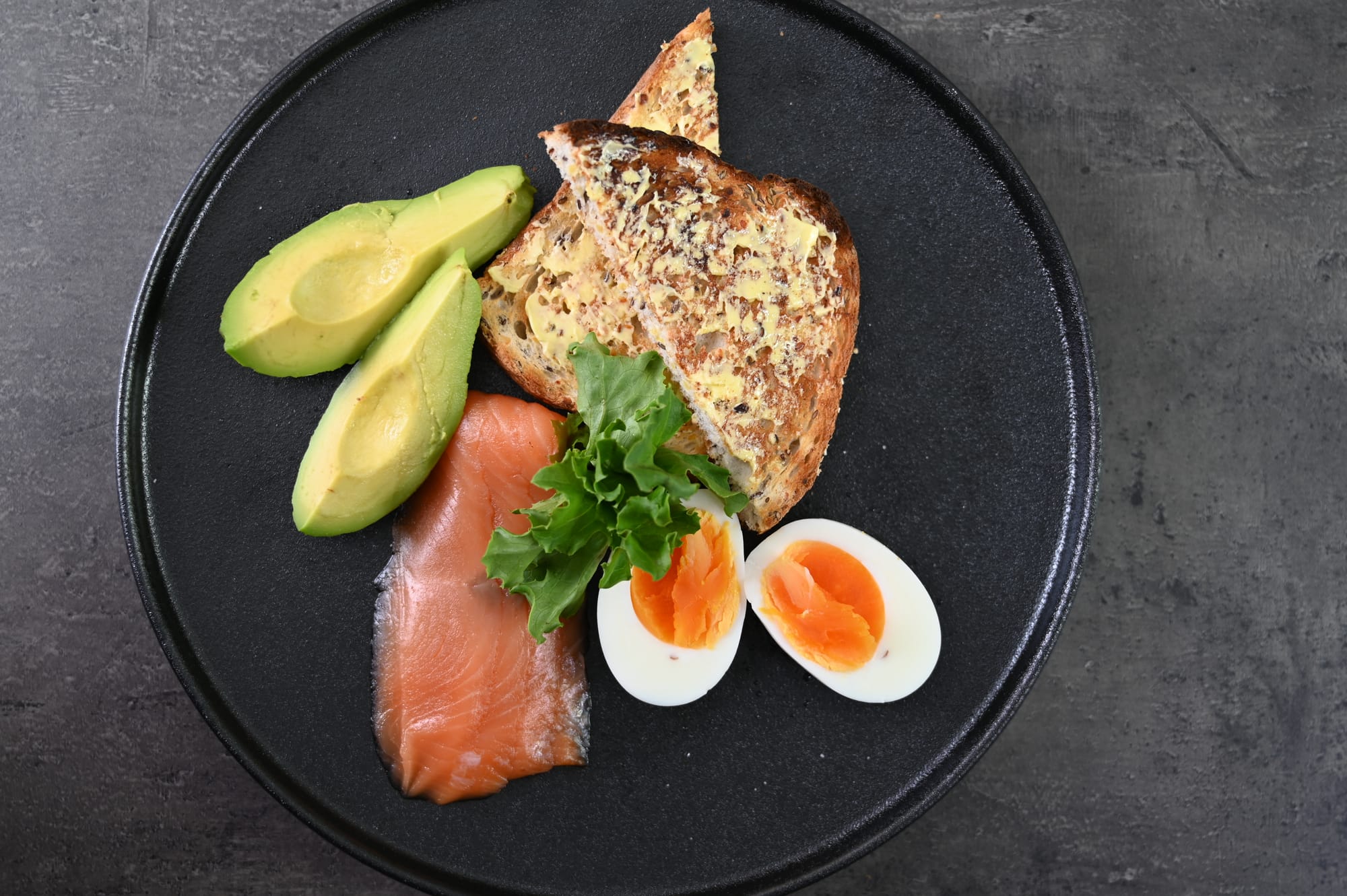
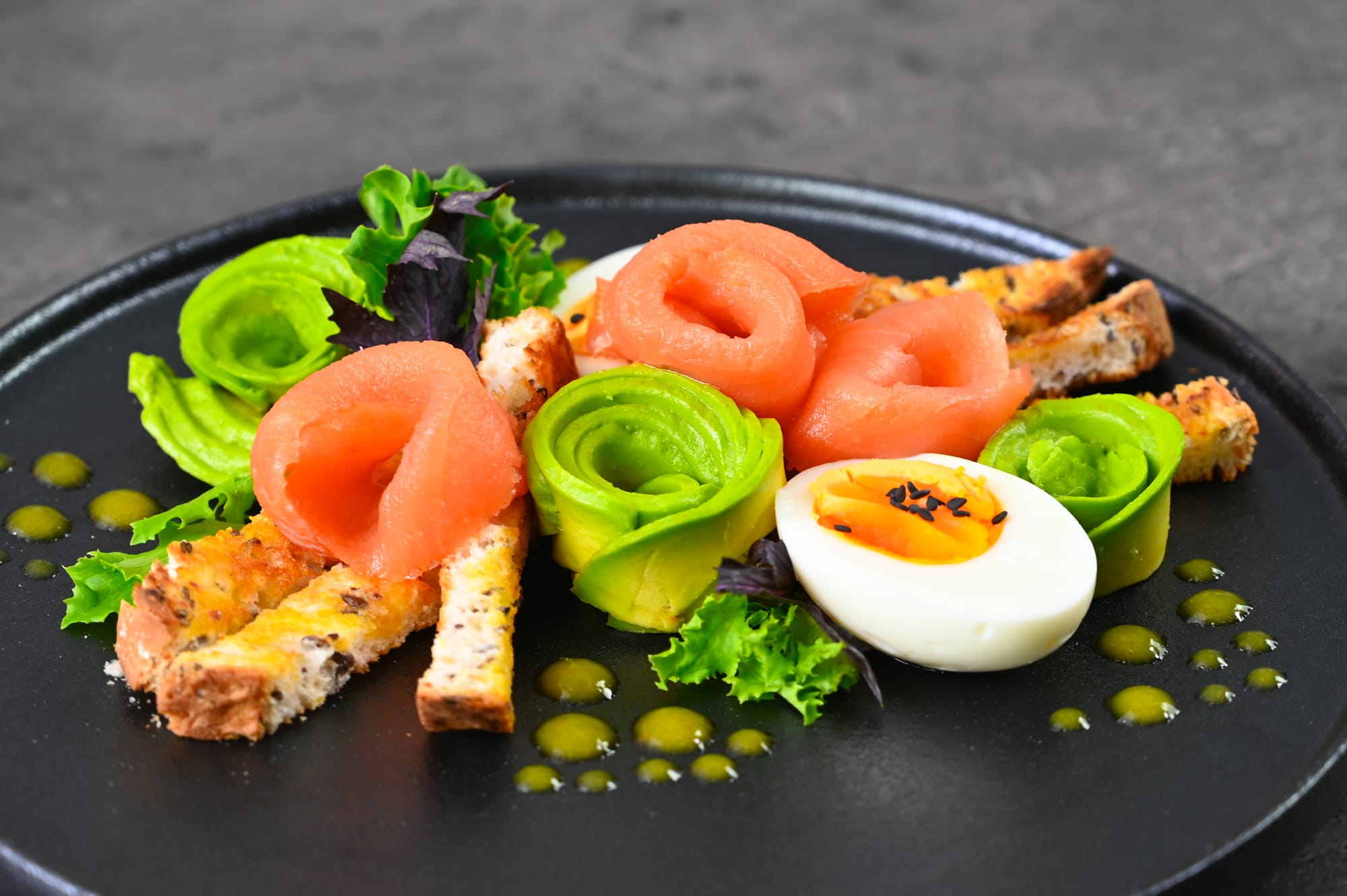
Same ingredients plated with visual appeal in mind.
Another example is the salmon - it is served flat on the plate on the left, and loosely folded in half and twisted on the right. Which one do you think looks better?
Your occasion determines how fancy you want to plate a dish - casual gatherings often suit relaxed, rustic plating, while formal events call for refined, precise presentation. The way you plate sets the tone and matches the visual experience to the significance of the moment.
Next time you plate a dish why not think about the ingredients you are adding and if there is any way you can use them to create some height and give your dish a 'wow' factor?
Texture Matters
Mixing textures makes food both visually and physically more interesting. Think crispy croutons on a creamy soup or a crunchy tuile on a soft dessert. A balance of smooth, crunchy, and chewy elements keeps a dish engaging and aesthetically pleasing.
Adding texture can be easy if you're pre-prepared. I permanently have some walnut brittle in my freezer. If I need that little sweet crunchy element I can take it out, cut off a wee bit to use and put the rest back for another time.
Sesame seeds are also a good option for adding a bit of colour and texture to a dish. A simple sprinkle of toasted white sesame seeds on a darker coloured dish, or black sesame seeds on a lighter coloured dish like cauliflower takes the presentation up a notch without any extra hassle.
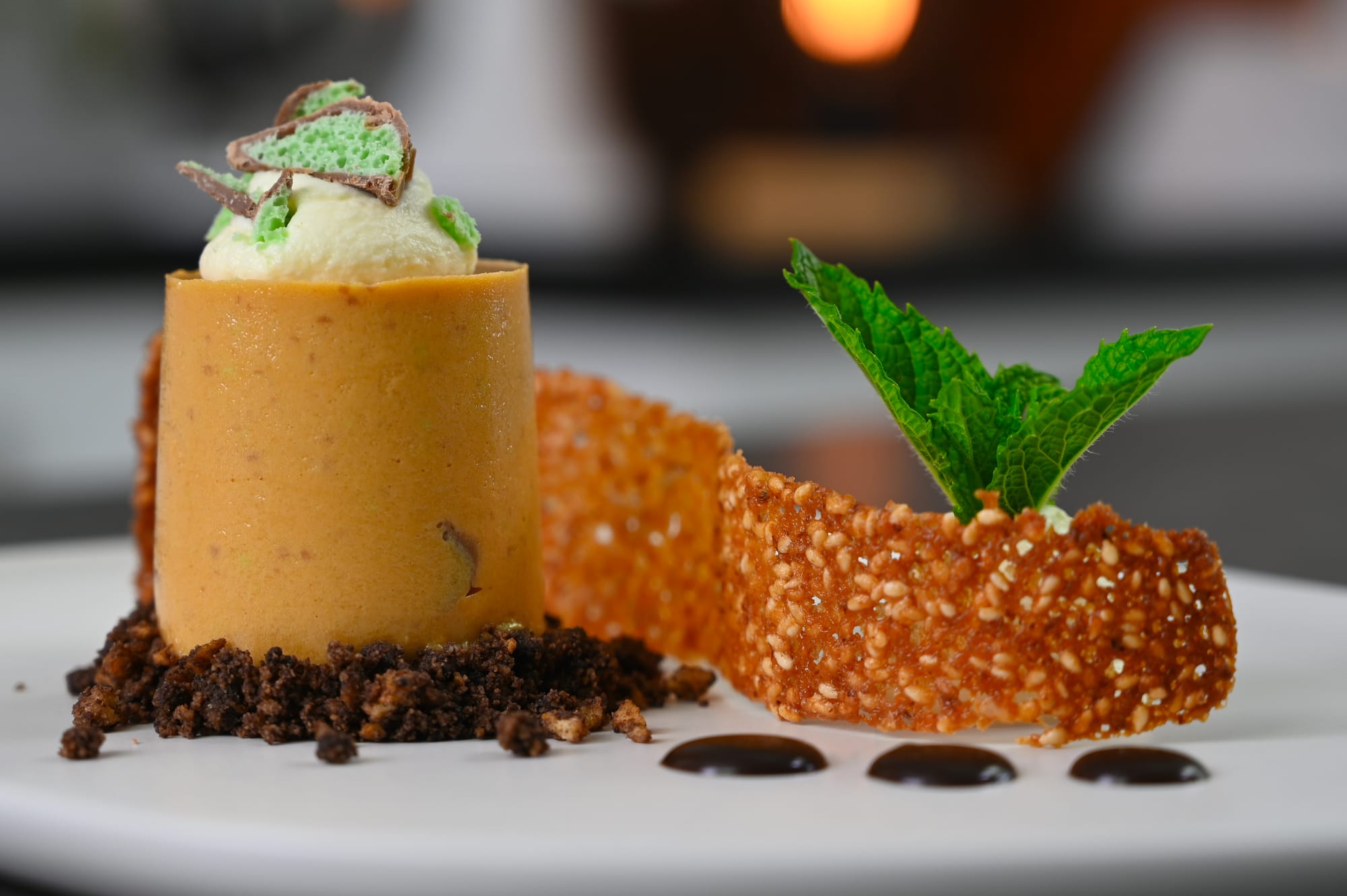
Fresh fruit on a dessert can also add texture, or sometimes you can even add texture within the dish like Hokey Pokey pieces in ice-cream.
Who doesn't love a perfect roast potato with the crisp crunchy outside and the soft mashy inside - mixed textures are so pleasing to eat and they add visual appeal to a dish.
Creating beautiful food doesn’t have to be complicated. With a little attention to colour, texture, and plating, you can make any dish look restaurant-worthy.
Remember to try out these tips next time you prepare a meal, whether it's just for your own enjoyment, or if you're feeding a crowd... and don’t forget to have fun with it!

